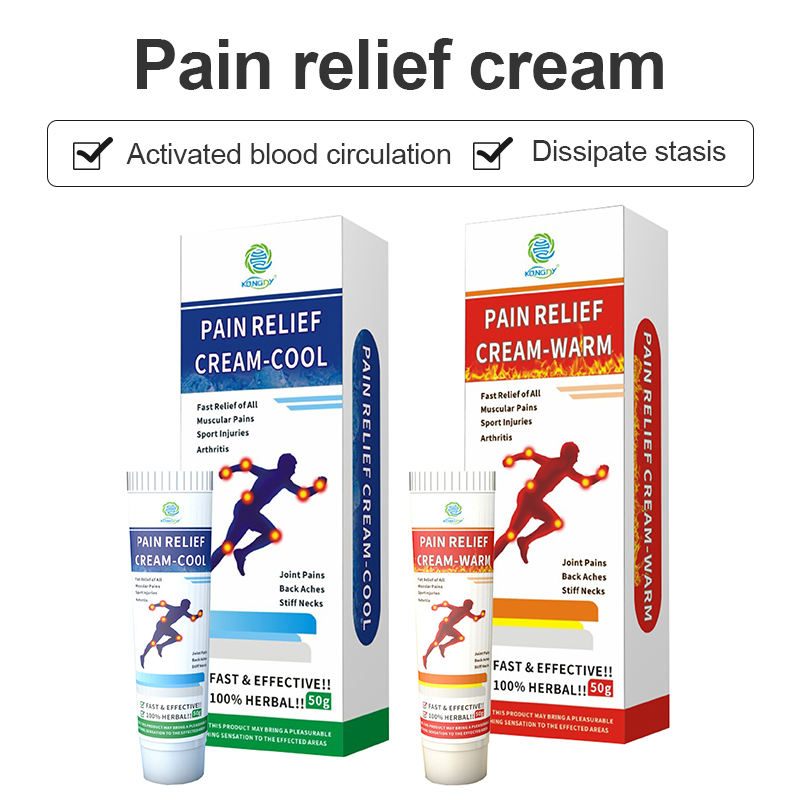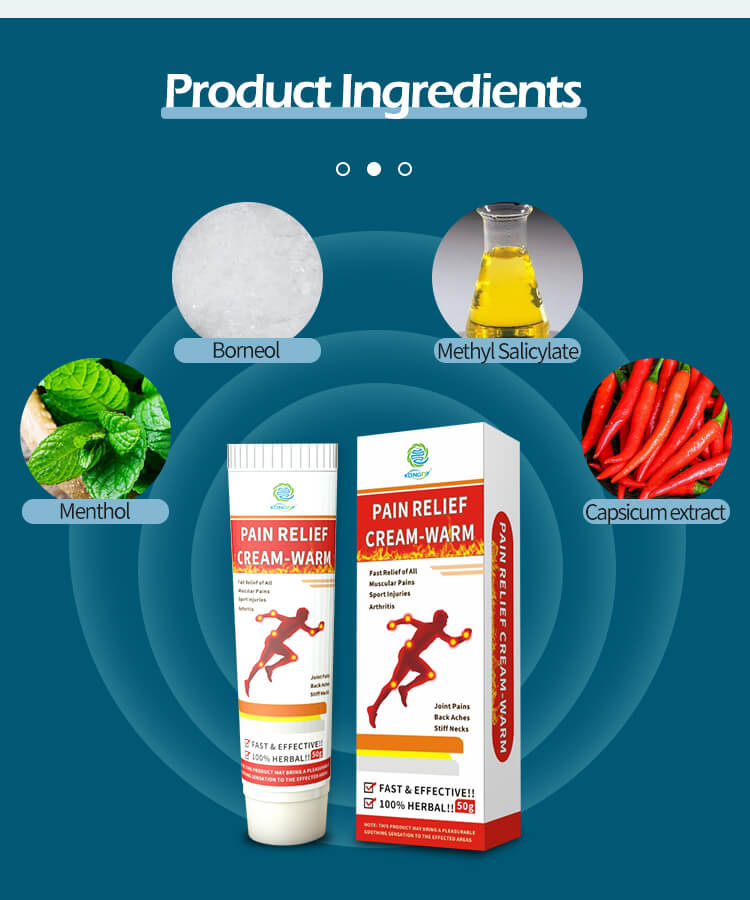Pain relief creams have become increasingly popular among consumers seeking effective solutions for managing everyday aches and pains. With numerous options available over the counter, understanding how to choose and use these products effectively has become essential for optimal results.
When selecting a pain relief cream, consumers should consider the specific type of pain they’re experiencing. Different formulations target various pain types – some are better suited for arthritic pain, while others work better for muscle soreness or nerve pain. Reading product labels carefully helps identify the most appropriate option for specific conditions.
The application technique significantly impacts the effectiveness of pain creams. Most products require clean, dry skin for optimal absorption, and many work best when gently massaged into the affected area. Users should pay attention to recommended application frequencies and avoid exceeding the recommended daily amount to prevent skin irritation or other adverse effects.

Many consumers appreciate the convenience of pain creams as part of their daily pain management routine. They can be easily carried in a purse or gym bag for quick application when needed, making them ideal for active individuals or those who experience recurring pain throughout the day. The non-messy nature of modern formulations also makes them suitable for use during work or social activities.
Safety considerations are crucial when using pain creams. Users should perform a patch test before full application to check for skin sensitivity and avoid applying creams to broken skin or mucous membranes. It’s also important to wash hands thoroughly after application to prevent accidental transfer to sensitive areas like the eyes or mouth.
Cost-effectiveness is another factor that attracts consumers to pain creams. Compared to regular visits to massage therapists or other pain management specialists, topical pain relievers offer an affordable option for ongoing pain management. Many users find that a single tube or jar lasts several weeks, making it a budget-friendly choice for chronic pain sufferers.






